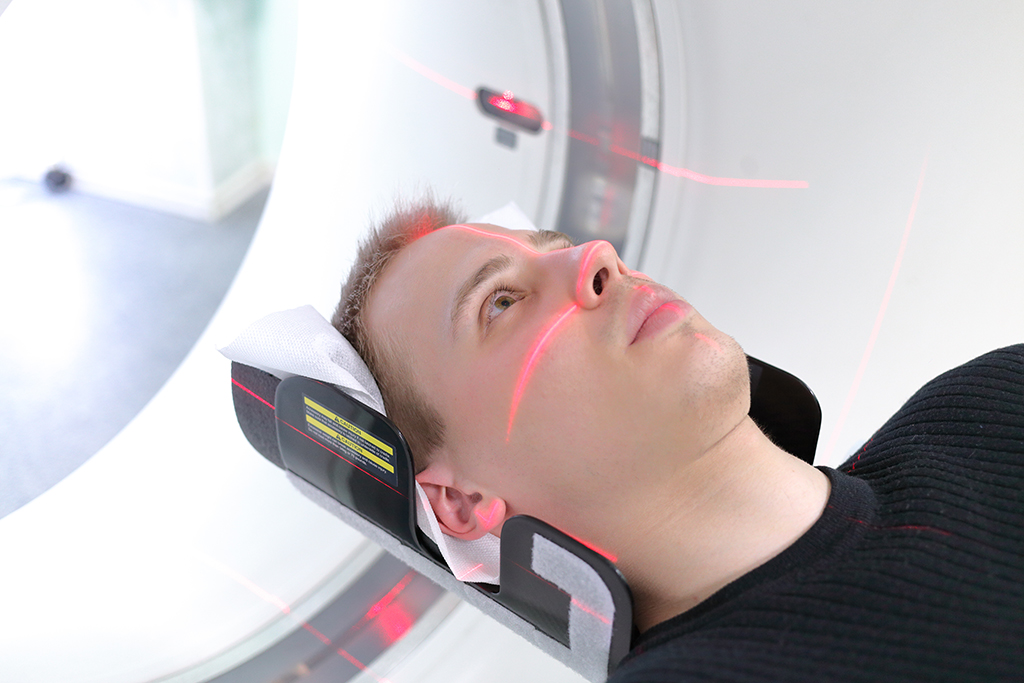
Diagnostic Tools for an Accurate Diagnosis: Head and Neck Surgeon | McKinney, TX
Photo By Pavel L Photo and Video at Shutterstock
When your head and neck surgeon lets you know that you are in need of head and/or neck surgery, you may feel that you are ready to take on the challenge and get it out of your way so you can start down the path to recovery that may have been a long time in the making. But, are you really ready? Do you understand what the entire process entails?
In order to understand what head and neck surgery implies, it is necessary to understand their functional anatomy for the diagnosis and treatment of the diseases of this area, based on the anatomic relations that exist among their different organs. In short, the head and neck are closely related to each other, and for surgery to have a higher chance of success, this relationship must be understood by patients of the surgeon in McKinney, TX with either benign or malignant pathologies in this area.
What exactly is the head and neck area?
While the answer to this question may seem pretty obvious, the fact of the matter is that your head and neck surgeon can explain that the head and neck are the sum of the entire bodily economy located above the clavicles, and which does not form part of the central nervous system. What this means that the head and neck area is integrated by the face with its skeletal portion, skin, and hair, muscles, cranial pairs, mucous membranes of the oral cavity (mouth), nasal cavity, paranasal sinuses, nasopharynx, oropharynx, hypopharynx (including its muscles), minor salivary glands, tonsils, larynx and all of its components, the upper end of the esophagus (all of these in conjunction are also known as the upper aerodigestive tract); the neck with its muscles and viscera such as the thyroid, parathyroid, major salivary glands (parotid, submaxillary gland and sublingual); arterial vessels such as the carotid and all of its terminals, as well as the venous tributaries to the internal, external and anterior jugular. Additionally, all the lymphatic drainage of the mentioned sites, which eventually has an effect on various levels of the neck.
Understanding the relationship between the various types of tissue and organs present in this area will help the head and neck surgeon to properly diagnose a lesion in the upper aerodigestive tract or the identification of a tumor in the neck. As for the patient, being able to understand how all the structures of the head and neck have an effect on his or her health will ensure an increased ability to follow post-operative instructions, which can cut down both on recovery timelines and final surgical results.
Diagnostic tools for the identification of head and neck pathologies
When a patient is dealing with head and/or neck problems, the first thing their head and neck surgeon in McKinney, TX will do is perform a physical examination of the affected area, in which a presumptive diagnosis might be reached. But, for this diagnosis to be confirmed, in order to establish a successful treatment, the surgeon will require the use of certain diagnostic tools, including the following:
- Ultrasound – An ultrasound is a non-invasive test that is readily available and relatively low cost. It can detect a number of unsuspected conditions as well as suggest their nature (inflammatory or oncological). It allows for the performance of biopsies and is very useful in the differentiation of a cervical abscess which can manifest as a cervical nodule. In oncological cases, an ultrasound can be very effective at determining whether a tumor is solid or vascular.
- Fine needle aspiration biopsy – commonly known simply as “biopsy”, is without a doubt the most important diagnostic weapon and is used widely given that it is considered as a secure, swift, accurate, and inexpensive method which presents with minimal complications. Virtually any organ of the human body can be studied with this method. Its main advantage resides in its capacity to rule out the existence of a malignant structure, although it is also useful in the diagnosis of certain infections and inflammations. By providing the head and neck surgeon with an accurate preoperative diagnosis, a biopsy becomes extremely useful in planning the best type of surgery to be performed, with the knowledge, cooperation and acceptance of the patient. In many cases, a biopsy can be performed in the office, without the use of an anesthetic, although it is recommended that the patient be made as comfortable as possible so the procedure is well tolerated.
- CT Scan (computed tomography) – This diagnostic tool is possibly the most useful radiology exam that can be performed during the study of a complex head and/or neck condition. It is also extremely useful for the evaluation of the regional lymph node malignant cervical metastases, and in the preoperative study of primary tumors of the head and neck in order for the head and neck surgeon to be able to have a more precise preoperative staging.
- Nuclear magnetic resonance – It is used less frequently than computed tomography, mainly because of its cost being high. It is useful in the case of tumors located at the base of the skull, or when the differentiation of tumor tissue from post-surgical or post-radiation fibrosis is of interest to the head and neck surgeon or patient. It is also useful in the search for mucosal lesions during the early study of metastatic lymphadenopathy of an unknown primary origin.
- Scintigraphy (gamma scan) – Among the most common head and neck diseases for which scintigraphie provide relevant clinical information for diagnosis and/or treatment, are those of the thyroid gland (hyperthyroidism, thyroid nodules functional, non-functional thyroid nodules), malignant skin lesions such as melanoma – in which it is important to know the location of the sentinel nodes for its adequate treatment —, those of the salivary glands and those of the parathyroid glands. For the rest of the diagnostic possibilities this type of study has very little value. Once the diagnosis is established, medical or surgical treatment will focus specifically on the cause of it.
While these aren’t the only diagnostic tools your head and neck surgeon might require to determine an accurate diagnosis of your condition, they are the most commonly requested. Being nervous about head and/or neck surgery is normal, so now that you know how and why your doctor requested one or more of these tests you can rest easy knowing they can be performed easily and pain free. So, if you are having head and/or neck issues, don’t hesitate to call NextGen OMS to schedule an appointment with our head and neck surgeon. You’ll get the answers to those questions that have been worrying you for some time.


